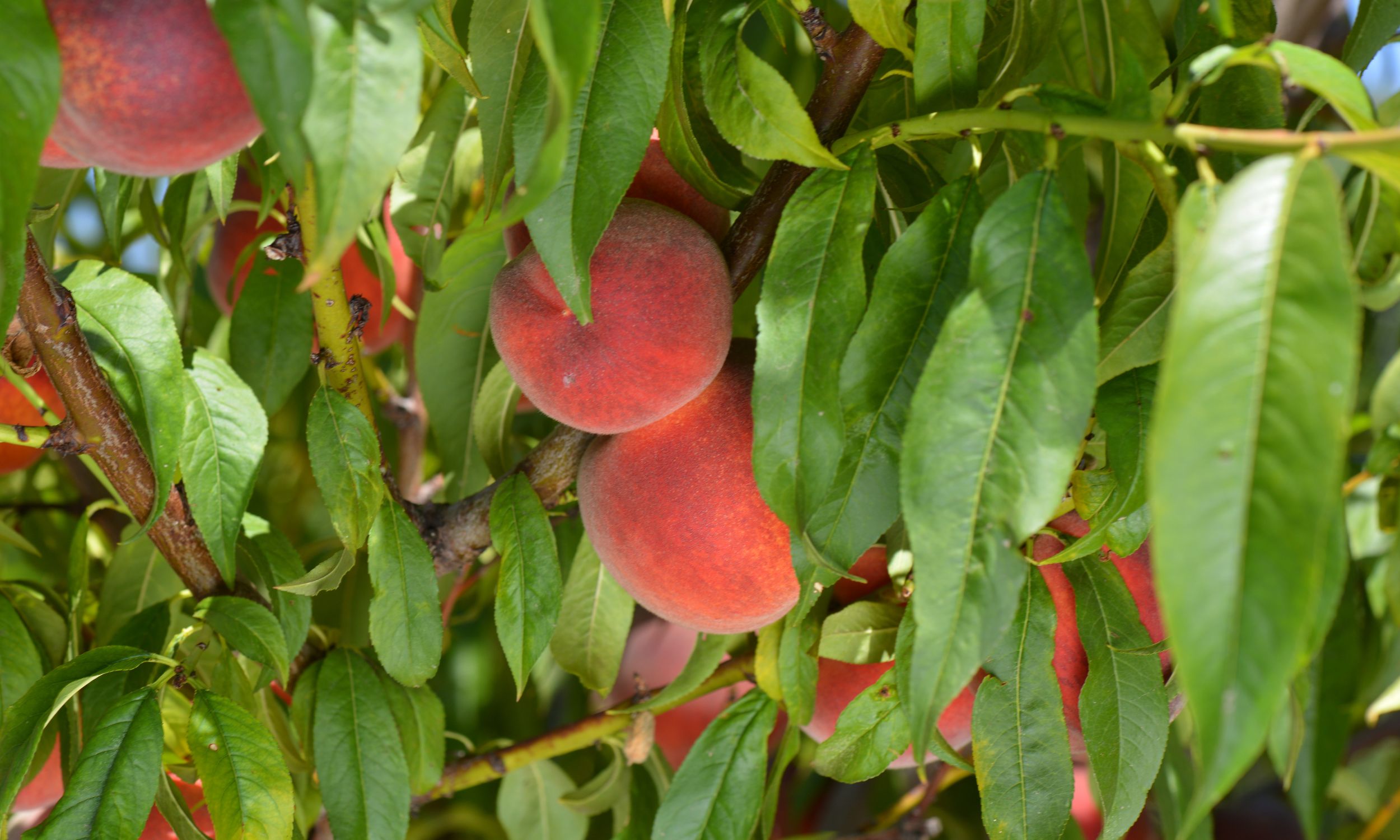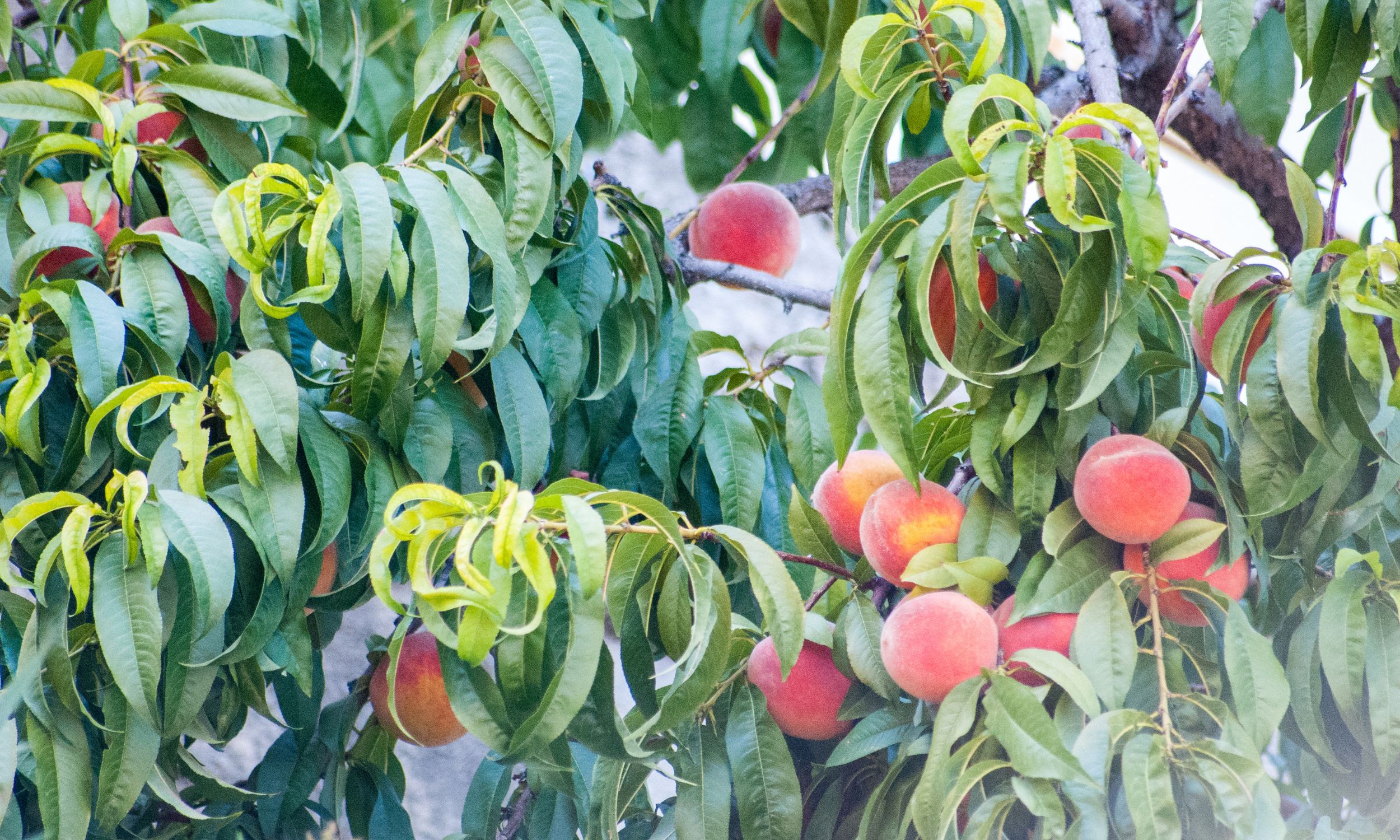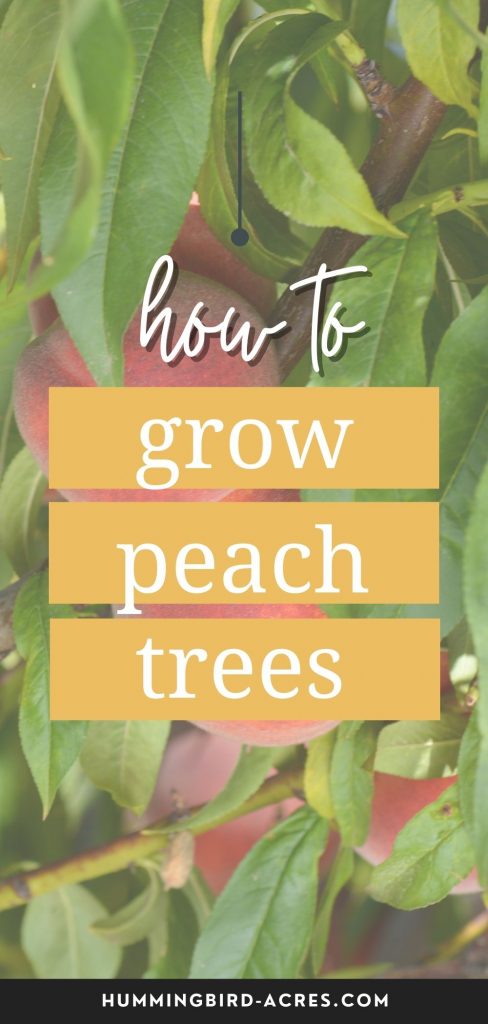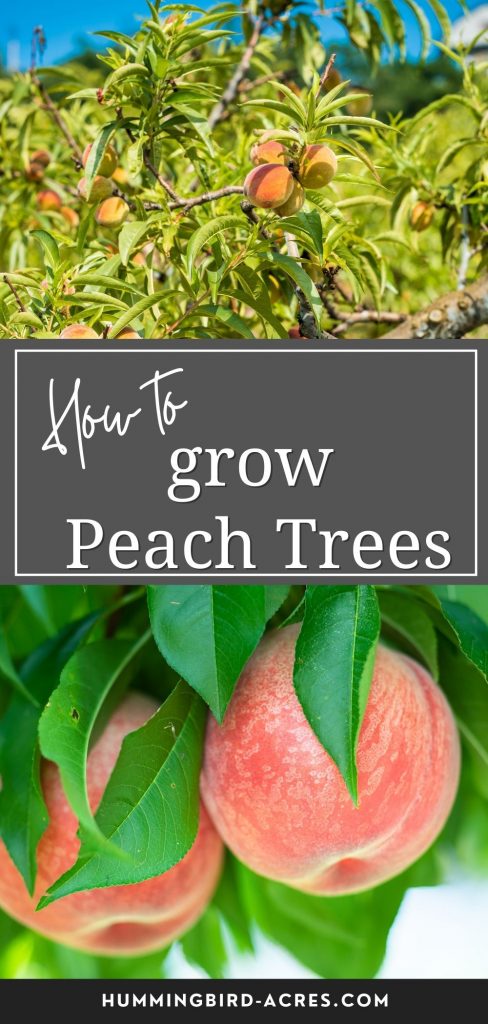How to Grow Peach Trees on Your Homestead
When most people think of growing fruit trees, they think of apple trees. However, peach trees are a great option for the home orchard as well. Not only do they produce delicious fruit, but peach trees are also relatively easy to grow. In this article, we will share some tips on how to grow peach trees on your homestead. Read on to learn more!
Disclosure: Some of the links below are affiliate links, meaning, at no additional cost to you, I will earn a commission if you click through and make a purchase.
What type of soil is best for growing peach trees?
The ideal soil for growing peach trees is a well-drained, sandy loam. It should have a pH of 6.5 to 7.0 and be high in organic matter. The soil should also have good aeration so that the roots can get enough oxygen to stay healthy and vigorous.
Not sure what type of soil you have? Check out this article on how to test your soil- How to Test Your Soil.
Adding compost or aged manure to the soil is a great way to ensure that your peach trees have enough organic matter and nutrients to survive and thrive. It is also important to water the soil regularly, especially during dry spells and hot weather. Proper fertilization will also help promote healthy growth and fruit production for your peach trees.
Finally, mulching around the base of the tree can help conserve moisture and keep the soil cool.
What is the ideal Temperature and Humidity for Peach Trees?
Peaches like moderate temperatures and generally grow best in USDA growing zones 5a to 8a. However, you can select more cold or heat-tolerant varieties to expand the growing zone to include zones 4 and 9.
Peaches need at least 600 chilling hours at 45 degrees Fahrenheit or lower to trigger fruiting. Extended temperatures below zero may damage the trees. Peaches tolerate humid conditions, but excessive wetness can encourage fungal diseases.

How to Plant a Peach Tree?
The perfect time to plant a peach tree is when it’s dormant, which means in late winter or early spring. That gives the entire growing season for your new plants and fruit!
Select a variety suited to your climate and plant it in a sunny, sheltered location. A slightly elevated site is better than a depression where frost settles.
When planting a bare-root tree, make sure that the hole you dig is large enough for roots to spread. Water it deeply and consider mulching around its root zone with something like straw or leaves before watering regularly so seal in all that moisture!
Stake the tree immediately after planting. Slightly angle the stake away from the tree and drive it six to eight inches into the undisturbed soil, never into the root ball. Secure the trunk to the stake with an elastic tree tie.
Peach trees are self-fertile, so you don’t need to plant more than one to produce fruit. If you want to start a mini orchard, make sure they have the proper spacing to prevent them from shading each other at maturity. Plant standard peaches 18 feet apart, and dwarf peaches five feet apart.
How much water and sunlight do peach trees need
Peach trees need 1-2 inches of water every week and require at least 6-8 hours of direct sunlight each day. During the hottest part of the summer, it is important to provide extra water for your peach tree by deep watering twice a week to prevent dehydration.
Avoid overwatering as this can lead to root rot and other diseases. Additionally, it is important to ensure your peach tree has adequate airflow by pruning any dead or diseased branches and keeping the surrounding area free of weeds and debris.
We love these Friskars shears when pruning our peach trees.
Finally, be sure to fertilize your peach tree early in the spring with an all-purpose fertilizer to promote healthy growth and fruit production.

What type of fertilizer should you use
It is important to use a balanced 5-2-2 fertilizer for your peach tree. The best time to fertilize is in the early spring, when the leaves are just starting to appear. You can also add a light layer of compost or aged manure around the base of the tree once a year to provide additional nutrients and organic matter.
Avoid over-fertilizing, as this can lead to excessive leaf growth and hinder fruit production. Additionally, be sure to water your tree deeply after fertilizing to help the nutrients reach the roots.5-
How to Harvest Peaches from your Tree
A young tree (not grown from seed) starts to bear fruit two to four years after planting. Following their showy pink spring blooms, peach trees will develop many tiny green peaches in the early summer months.
In addition to the natural fruit drop that occurs at this stage of development, you must also thin the crop, or you’ll face the disappointment of walnut-sized fruit at harvest time. Remove all but the largest fruits from each branch, leaving at least six inches between fruits.
When harvesting peaches from your tree, it is important to wait until the fruit is ripe. Ripe peaches will have a deep yellow or red blush on the skin and will be slightly soft when pressed lightly. If you are unsure if the peach is ripe, taste a small piece near the stem. If it tastes sweet, then it is ready to be harvested. Once you have picked the peaches, store them in a cool, dry place until they are ready to be eaten.

Common Pests and Diseases
The most significant peach tree pest is the peach tree borer. This clearwing moth resembles a wasp and deposits its eggs on tree bark in the fall. The grubs hatch and burrow into the trunk, where they feed on the trunk and roots. Look for a jelly-like sap at the entry hole, and impale grubs with a wire.
In terms of diseases, a fungus can cause peach tree leaf curl, leading to leaf browning and deformity. Use a copper-based fungicide in late fall or early spring to prevent and control this issue.
Peach Trees Varieties
There are hundreds of peach cultivars to choose from. While peach trees can produce clingstone or freestone fruits, most varieties sold for home gardens are freestone. You can also choose between yellow or white flesh and early or late-bearing peach trees.
- ‘Halehaven’ is a very sweet midseason variety. Even the skin is said to be sweet, and the trees are vigorous.
- ‘Carolina Belle’ produces large-sized, freestone, creamy white fruit that ripens from July to August.
- ‘Reliance’ is an early season producer good for colder growing zones.
- ‘Contender’ is a cold-tolerant variety that produces medium-sized, freestone, red fruit that is non-browning.
- ‘Galaxy’ and ‘Saturn’ are both donut-shaped peaches that have sweet white flesh.
- ‘Bonanza’ is a dwarf peach tree that only reaches six feet tall but produces full-sized fruit.
Growing peach trees is not difficult, but there are a few things you need to do to ensure they thrive. By following the simple steps outlined in this post, you can have healthy and vibrant peach trees that will produce an abundance of fruit for years to come. So what are you waiting for? Get started today and enjoy the sweet taste of success!

You may also enjoy these related articles:
Did you enjoy this article? Want to hear more? Stay in touch! Sign up below to receive weekly tips and inspiration for your homestead.
[convertkit form=3733554]
Pin for Later



